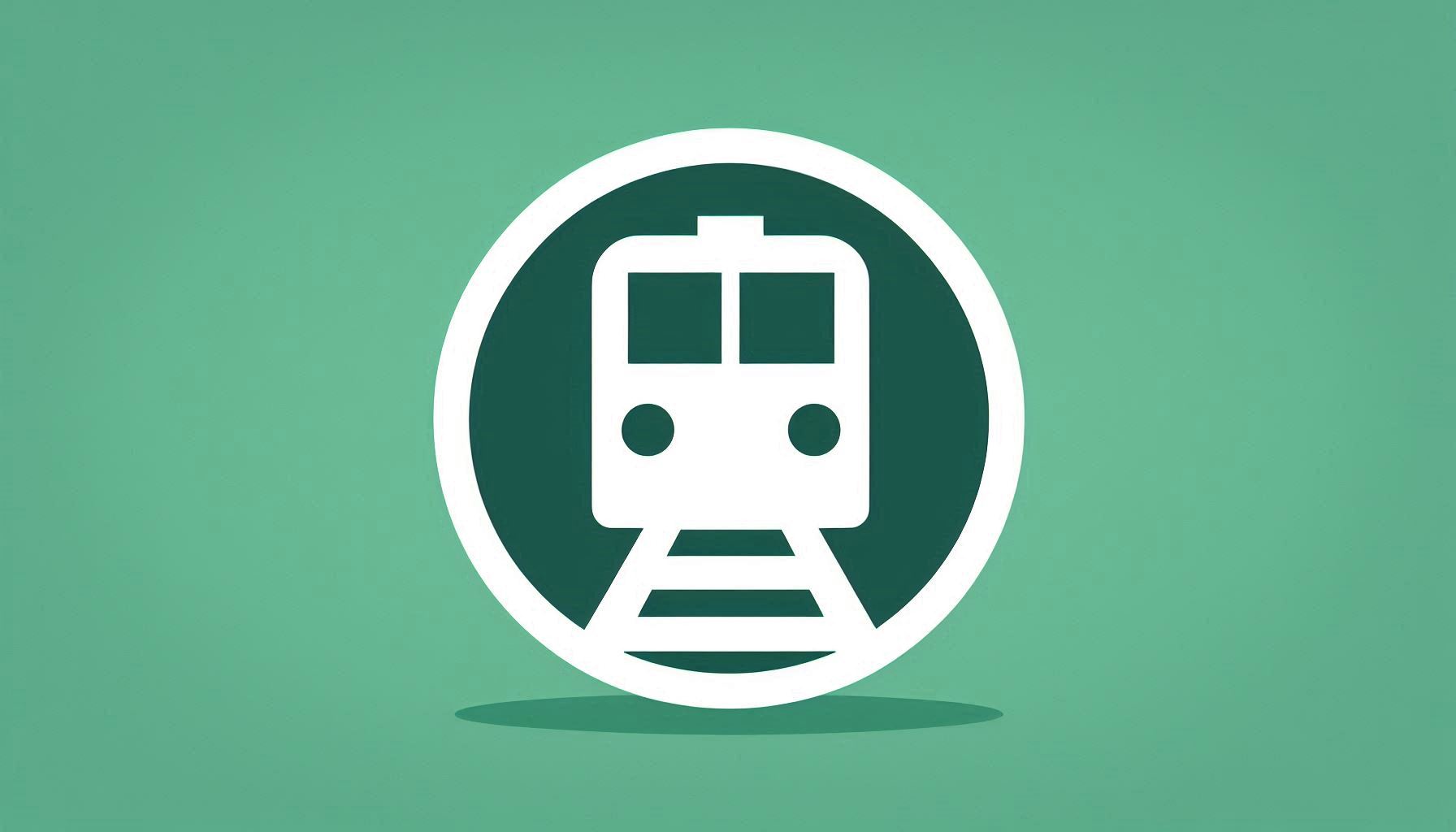Designing Functional Carriage of High-Speed Medical Train – Systematic Analysis and Evaluation of Tasks, Functions and Flow Routes

Downloads
This paper proposes a functional carriage design and an evaluation index system to improve the operational efficiency of high-speed medical trains. Hierarchical task analysis and human-machine-environment analysis were applied to model the transfer task and the functional modules of the medical train. The functional module configuration was obtained by performing a correlation analysis between the task and function. The relationship between carriages was elucidated by analysing material, personnel and information flow, and an optimal grouping diagram was obtained. Based on this design method, an innovative 6-carriage grouping design scheme was proposed. A functional evaluation index system for the carriage design was constructed, and the 6-carriage design was compared with the conventional 8-carriage design to verify the usability of the design method. The results showed that the 6-carriage high-speed trains can be flexibly configured to suit the changing task environment and are generally better than the 8-carriage design. This study provides theoretical and methodological support for constructing efficient and rational functional carriages for high-speed medical trains.
Downloads
Lu ZQ. Dictionary of Military Medicine. Shanghai: Shanghai Lexicographical Publishing House; 1997. p. 82.
Li YM, et al. The current situation of domestic and foreign medical train application and the prospect of high-speed railway medical train. Medical and Health Equipment. 2016;37(06):118-120.
Wang J, et al. Current status and research outlook of medical train applications in China. Medical and Health Equipment. 2019;40(04):93-97.
Mishra P, et al. Dental camp experience in lifeline express (LLE) train among rural population of Central, India. Journal of Clinical & Diagnostic Research. 2014;11(8):72-74. DOI: 10.7860/JCDR/2014/11378.5157.
Fan SH, et al. Medical train alteration and equipment management in medical evacuation. Medical and Health Equipment. 2008;29(6):74.
Xu JC, Jing JB. Discussion on the application and operation management of Chinese medical trains. Chinese Journal of Hospital Management. 2016;32(11):816-818.
Wang J, et al. Feasibility analysis of medical train development based on high-speed locomotives. Medical and Health Equipment. 2019;40(12):65-67+77.
Xiong XL, Fan ZW, Yin CD. China's self-developed first medical train surgical emergency vehicle passes technical review. Medical and Health Equipment. 2013;34(1):149.
Li H,et al. Discussion on issues related to the construction of a sanitary train operating room. Medical Journal of National Defending Forces in Northwest China. 2010;31(04):313.
Chen Y, et al. Application of ergonomics in the design of surgical areas in sanitary trains. Chinese Medical Equipment Journal. 2009;30(03):100-101.
Guo XC, et al. 40-year development of man-machine-environment system engineering from scientific papers. In: Long S, Dhillon BS. (eds) Man-Machine-Environment System Engineering: Proceedings of the 21st International Conference on MMESE. MMESE 2021. Lecture Notes in Electrical Engineering, Vol. 800. Springer, Singapore. 2022. DOI: 10.1007/978-981-16-5963-8_2.
Wang LG, Yuan XG, Yang CX. Research on human performance in human-machine-environment system design. Journal of Beijing University of Aeronautics and Astronautics. 1997;(05):5-9.
French A, Taylor LK, and Lemke MR. Chapter 6 - Task analysis. In: Applied human factors in medical device design. Academic Press; 2019. p. 63-81. DOI: 10.1016/B978-0-12-816163-0.00006-2.
Wang Z, Zhang J, Sun X, Guo Z. Applying hierarchical task analysis to improve the safety of high-speed railway: How dispatchers can better handle the breakdown of rail-switch. In: Stephanidis C, Antona M, Ntoa S. (eds) HCI International 2021 - Posters. HCII 2021. Communications in Computer and Information Science, vol 1421. Springer, Cham. 2021; p. 528-536. DOI: 10.1007/978-3-030-78645-8_67.
Naweed A, Balakrishnan G, Dorrian J. Going solo: Hierarchical task analysis of the second driver in "two-up "(multi-person) freight rail operations. Applied Ergonomics. 2018;70:202-231. DOI: 10.1016/j.apergo.2018.01.002.
Lin QL, Liu HC, Wang DJ, Liu L. Integrating systematic layout planning with fuzzy constraint theory to design and optimize the facility layout for operating theatre in hospitals. Journal of Intelligent Manufacturing. 2015;26(1): 87-95. DOI: 10.1007/s10845-013-0764-8.
Sun BF, Gao JX, Jia HF. Improvement method of passenger hub facility arrangement based on flow route analysis. Journal of Beijing University of Technology. 2009;35(12):1637-1642.
Bambang S, Juwita E, Dwi Astuti R. Facility layout improvement in sewing department with systematic layout planning and ergonomics approach. Cogent Engineering. 2019;6(1):1597412.
Goecks LS, et al. Analytic hierarchy process as a decision making tool for systematic layout planning, involving social responsibility criteria: A case study. International Journal of Industrial and Systems Engineering. 2022;40(1):29-50. DOI: 10.1504/IJISE.2022.120806.
Jung ES, Han SH, Jung M, Choe J. Coach design for the Korean high-speed train: a systematic approach to passenger seat design and layout. Applied Ergonomics. 1998;29(6):507-519. DOI: 10.1016/S0003-6870(97)00010-0.
Zhang Y, et al. Passenger behavior and interior layout of high-speed trains. Mechanical Design. 2013;30(5):109-112.
Xiang ZR, et al. The impacts of ergonomics/human factors of wheelchair/user combinations on effective barrier-free environments design: A case study of the Chinese universal rail coach layout. International Journal of Industrial Ergonomics. 2018;67:229-241. DOI: 10.1016/j.ergon.2018.05.016.
Xiang ZR, et al. Identifying factors to improve the coach design and service of the new-type EMU sleeper train: Findings from passenger satisfaction survey. 2021 5th International Conference on Vision, Image and Signal Processing (ICVISP), 18-20 Dec. 2021, Kuala Lumpur, Malaysia. IEEE; 2021. DOI: 10.1109/ICVISP54630.2021.00021.
Copyright (c) 2023 Yi Zhao, Yongmeng Wu, DiDi Yan, Zerui Xiang, Jinyi Zhi, Yunming Li, Bochu Xu

This work is licensed under a Creative Commons Attribution-NonCommercial 4.0 International License.




















